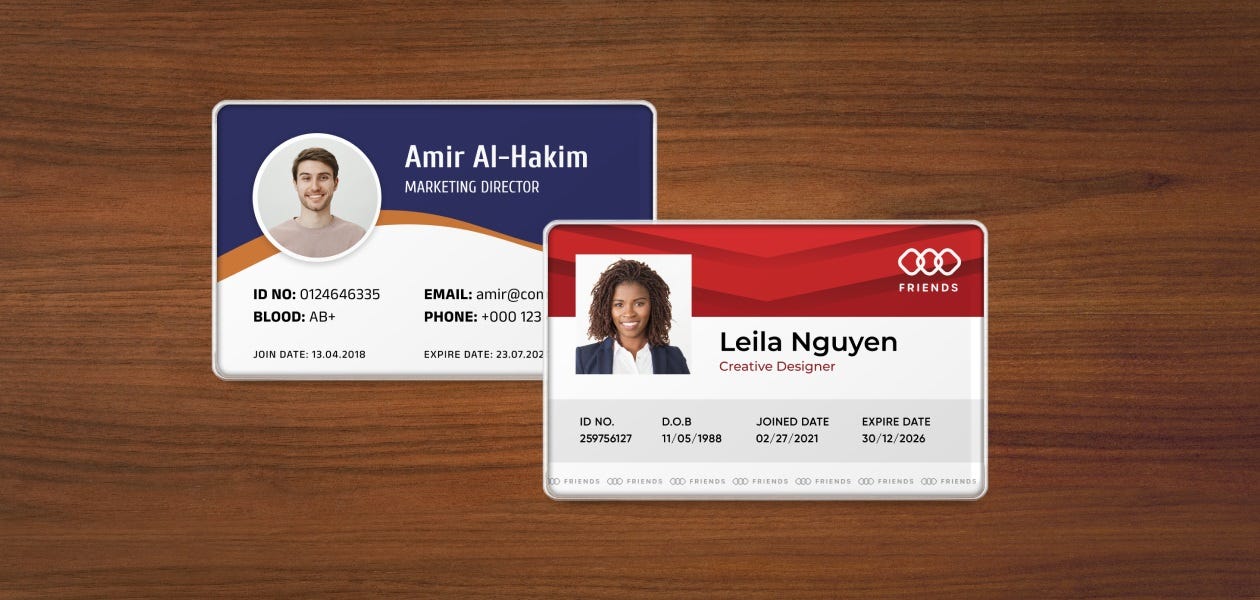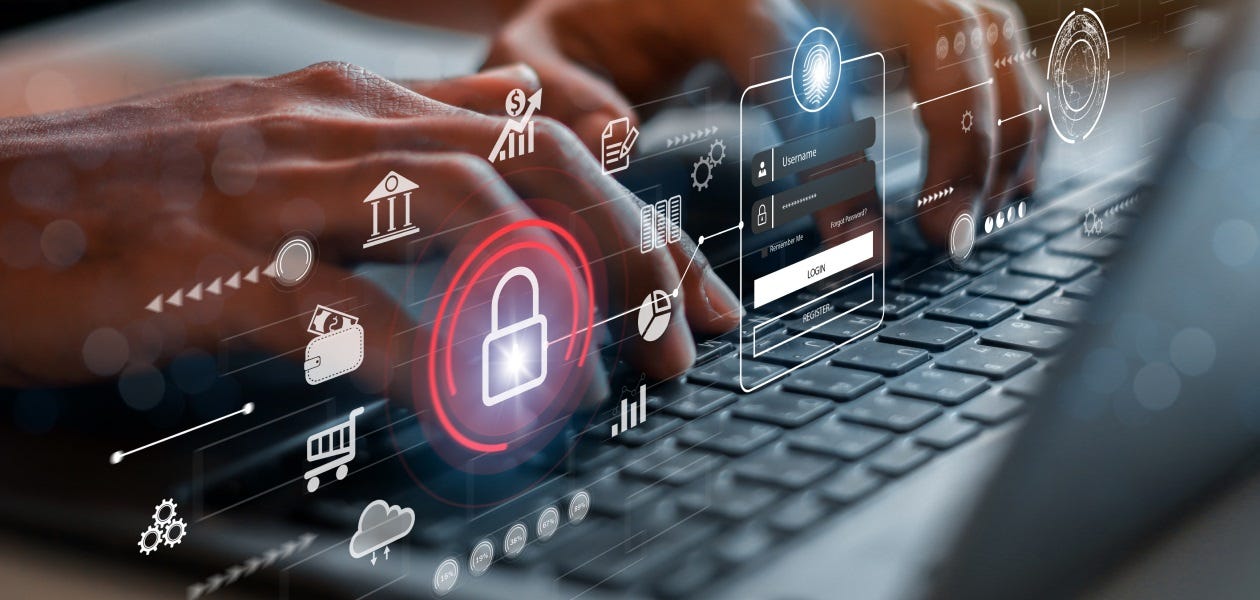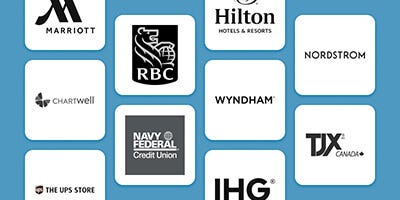
In an era where an increasing number of businesses operate on a hybrid model that allows for both in-office and remote work, security is likewise continuing to increase as a focus consideration.
All businesses, regardless of industry, have a vested interest in security as a means of protecting financial and intellectual investments. For others with ties to institutions or governments, security can be a matter of even greater concern.
That being the case, here are 7 different tips for increasing security in both in-office and remote settings, from requiring photo name badges to upgrading facility security infrastructure.
Regulate Access to Specific Facilities, Software, and Information
One of the best ways to prevent unauthorized access and compromising sensitive data is to limit who can access facilities and data in the first place.
Distributing as few keys as possible, and requiring distributed keys to be returned to a special depot at the end of each day, can control access to physical facilities and whatever data is accessible through them.
Installing key card readers for RFID cards, photo name badges, and other technology is one personalized alternative to physical keys which can get lost or stolen, and locks which can be compromised
If any keys are lost or stolen, replace all affected locks immediately.


Upgrade Physical Security Infrastructure
Doors, windows, locks and other access points can all be compromised. Heavy gauge steel and wood doors are more difficult to physically breach than are lighter, aluminum, composite, and engineered wooden doors.
Some businesses don’t keep their windows locked, but don’t let that apply to you. Invest in commercial grade locks for all conceivable access points on the outside of, and within, your facility.
Destroy Sensitive Documents Prior to Disposal
Many organizations are migrating to partially-virtual or entirely paperless infrastructures. That is a green initiative and if your cybersecurity is good, it can help improve security.
Still, some models, especially those that need to print and mail documentation or receipts, still produce physical copies.
When you do dispose of hard, physical documents, shred them before doing so. This will help prevent a recovery of sensitive data by unauthorized individuals.
Focus on Cybersecurity
According to Smallbusiness.house.gov, upwards of 70% of cyberattacks are directed at small businesses. Being prepared is half the battle (or more).
There are a number of things you can do to improve cybersecurity. For one, encourage specific protocols for creating strong passwords that are less likely to be breached. Secure all networks and make sure that both virtual private networks and all hardware are password protected and secured where possible by additional firewalls.
Keep all hardware fully up to date with the latest versions of the software installed on them and install at least one measure of redundant protection against unauthorized access.
Encrypt all sensitive data, not only while transmitting it but also for storage - and on the note of storage, make sure you have several redundant backups of all sensitive data - this can prevent a data loss.
Moreover, cloud backups can be beneficial for some models, but if you are truly concerned about data security, then backing up to a local datacenter is far superior.


Restrict Use of Personal Devices, Access to Personal Email
Whether or not you issue a policy allowing employees to access their personal data and accounts on their own devices is one thing, but allowing them to do so through company devices should be expressly forbidden. It’s tough enough securing a private network without allowing unrestricted access to unvetted devices and accounts.
You can take this a step further, too. Not only should you seriously consider limiting access to personal devices at work, and disallowing unauthorized access to personal accounts through work devices - you should also consider preventing employees from accessing company data through their own devices.
Allowing access only to company issued-devices is one of the best ways to secure data.
Use Photo Name Badges, Restrict Access
Another surface level initiative you can take to combat security concerns is to issue photo name badges. It’s one thing to have a badge with a name on it, and another to be wearing a photo ID badge with a picture of your face. That way, anyone that doesn’t know each other personally can still cross-reference the photograph.
Moreover, full-color photo name badges and security cards can sometimes be created with RFID technology or with special access codes that can support your other facility security protocols, perfect for high security settings. Name tags and badges can also improve your customer service.


Conduct a Security Audit, Do a Pre-Opening and Post-Closing Security Check
Finally, establishing procedures whereby security personnel check an entire facility to ensure that devices are shut-down and locked, sensitive files are secured, and there are no unauthorized individuals on-premise can be the final keystone in your security update.
These protocols can serve as a redundant safeguard just to double check that your protocols are in force and are working.

 Imprint Plus Canada
Imprint Plus Canada
